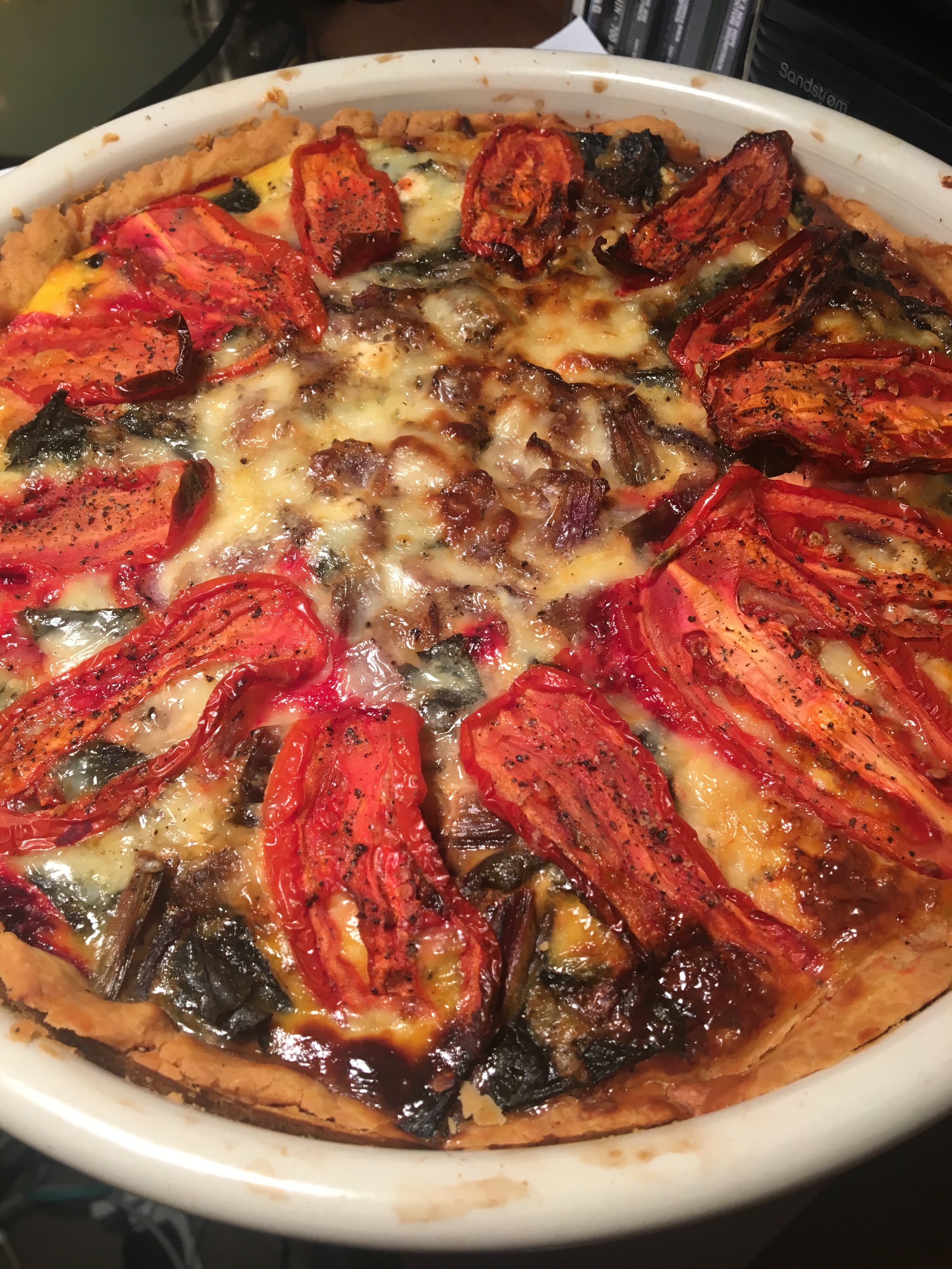From a young age, in fact for as long as I can remember, the natural world and the ‘state’ of the environment has been a major part of me and the way I lived and thought about things, ultimately shaping my direction in life to make me who I am today. It all started with David Attenborough documentaries on BBC2 on a Sunday night, followed by a wonderful teacher at primary school who taught the class ‘Nature’. She had red hair in a long thick plait, she wore sandals, she smiled a lot, and she loved leaves and trees, insects and sticklebacks, with as much enthusiasm as a child did. And I knew then that that was what I wanted to do - I went home and told my mum I wanted to be a naturist. She was quick to check what I meant, wondering what on earth they were teaching me at school, and with some relief she told me that the word I was looking for was a naturalist. She still reminds me of that now.
So, I carried on watching David Attenborough, I carried on worrying about all the alarming global warming reports that no one seemed interested in, I filled my bedroom with house plants and seedlings and fish and anything else I could get away with. I studied all sciences at school then I went to university and did a degree and PhD in environmental science. I focussed on using natural processes to clean up the contamination that we have caused in so many industrial areas across the UK, a job that I still do now and get great satisfaction from. I got an allotment. I foraged and upcycled, recycled and cycled and generally tried to minimise my environmental impact as much as possible. But at no point did I think that I was anything more than an environmental scientist who cared about the natural world. Until I heard about permaculture.
‘Every person needs to have a piece of garden, however small, to keep them in touch with the earth and therefore something deeper in themselves...’ Carl Jung, 1875-1961.
This is a quote taken from the introduction to a super book that I was bought for my birthday recently, The Permaculture Garden, by Graham Bell. I had been wondering for a few months, ‘what’s all this permaculture malarkey about’; it’s a word that seemed to be popping up in conversations and on the news and I was intrigued. If you ‘google it’, you get the origin of the word: Permanent Agriculture. If you delve deeper, you are bombarded with a myriad of definitions, relating to the ethics, the principles and the design of permaculture, when all I really wanted was a basic definition. So I started to read my book to find out what is permaculture? It’s a framework for creating sustainable ways of living, a practical method of developing ‘ecologically harmonious, efficient and productive systems’ that anyone can use.
I realised that I was actually a closet permaculturist, not a naturist, and was keen to learn more. I heard about the permaculture design workshop that The Old Print Works is hosting this weekend and I knew I had to go. It’s a 2-day course, designed to explain the principles of permaculture on the first day, then how we can apply it on the second day. It all sounds relatively informal, with shared lunches (sounds like a lucky dip!) all set in The Transfer coworking space. If you are anything like me (or nothing like me) and the thought of minimising your environmental footprint, being that bit more sustainable, working with nature rather than being ambivalent or even against, interests you, then maybe you should also come along?
If you would like to come on the permaculture course this weekend, you can book here.
Photos above are:
Beetroot risotto with nasturtium salad. Homegrown beetroot. Foraged nasturtium
Quiche made with homegrown rainbow chard
My friend Hannah proudly showing the 47 new Jerusalem artichoke tubers resulting from one tuber planted last February
Courgette and nut breakfast loaf - wholesome and delicious





